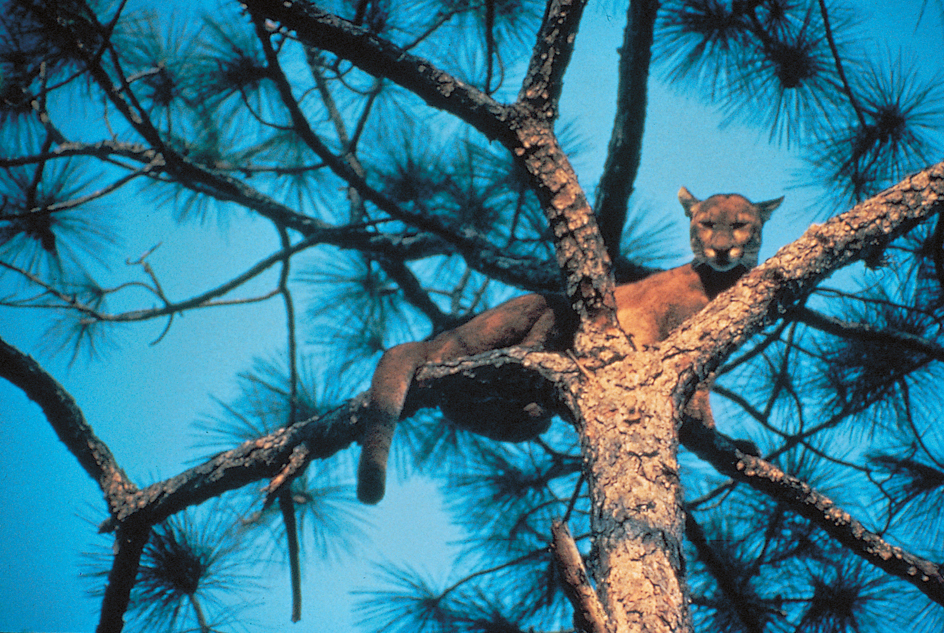Florida panther is a large, wild cat that lives in the forests and swamps of southern Florida. Historically, the animal lived throughout the southeastern United States. The Florida panther has been described as a distinct subspecies (designated Puma concolor coryi) of the mountain lion, also called the cougar or puma. But modern genetic (hereditary) analyses suggest that all North American mountain lions belong to a single subspecies, Puma concolor couguar.

Mountain lions once roamed throughout the United States, southern Canada, and Mexico and south to the southern end of South America. In the United States and southern Canada, however, settlers destroyed most of the mountain lions and much of their habitat east of the Rocky Mountains. By the late 1800’s, most of the remaining mountain lions east of the Rockies lived in Texas and Florida. As a result of isolation, Florida panthers suffered from inbreeding and genetic defects. The experimental introduction of mountain lions from Texas into southern Florida in 1995 led to increased genetic diversity in the Florida panther population and improved their survival and reproduction. Today, about 200 Florida panthers survive in the wild. Human expansion in southern Florida continues to reduce the habitat of the panther and endangers its survival in the wild. Many panthers are killed by vehicles on roads. Mercury and pesticide contamination also pose threats.
Adult Florida panthers tend to live alone, except when mating or when a female is raising cubs. Florida panthers prey chiefly on white-tailed deer. They also eat raccoons, feral hogs, and other animals.
